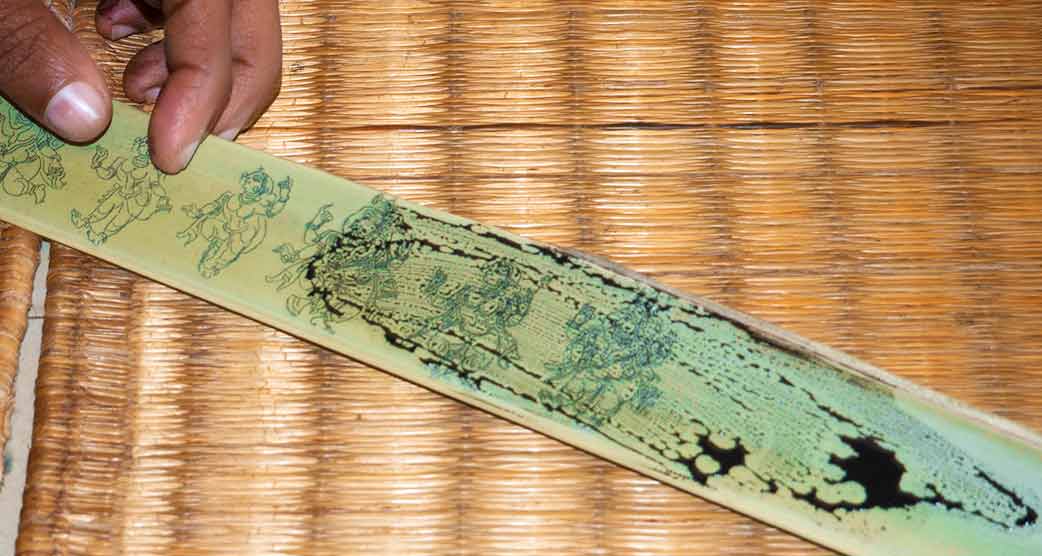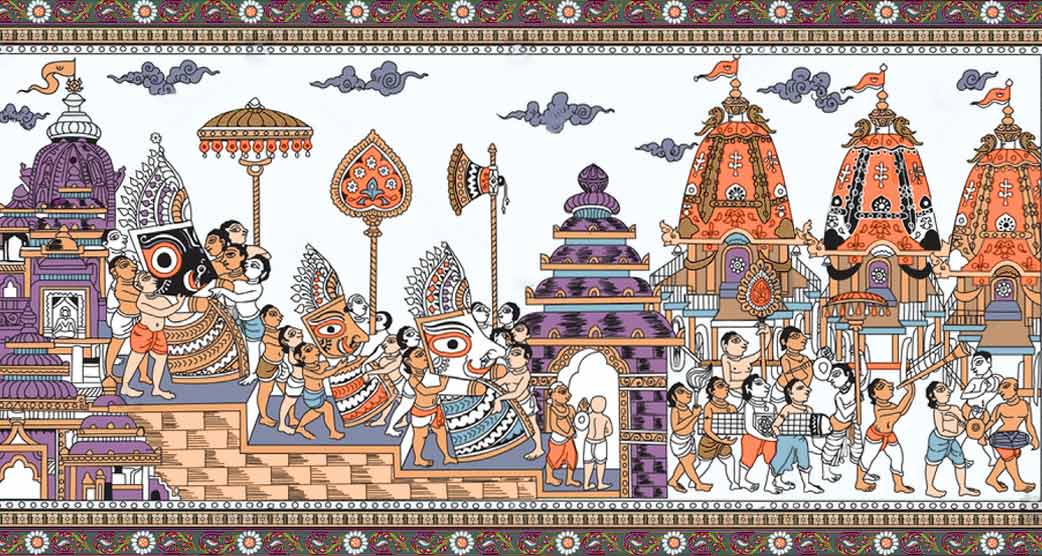
India is a country rich in culture and art. Every Indian state and city has its own distinct art form through which artists weave stories about Indian culture, history, and religious beliefs. These pieces of art are so rich and gorgeous that they have the ability to steal everyone’s heart. There are other art forms that are similar to this: Pattachitra art!
These forms are so rich and lovely that they will make anyone’s eyes sparkle. This art form elevates Indian art to a new level. We must realize that Indian painters can bring even paper or cloth to life with brush strokes. They don’t even use sophisticated tools or colors to produce these wonderful paintings; they solely use natural and handcrafted materials.
Pattachitra paintings are very beautiful works of art that take a lot of expertise and care to create. A single painting might take the artist weeks or even months to finish because every detail is done by hand. The paintings frequently feature Hindu gods’ lives, teachings, and other important religious and cultural issues.
To create vibrant colors and intricate designs, the painters employ a variety of materials, including natural dyes derived from plants and minerals. Fine lines, delicate details, and a distinct style distinguish Pattachitra paintings. Overall, these paintings are not only attractive to look at, but they also contribute to India’s cultural and creative legacy.
In this section, I’ll explain how this wonderful Pattachitra painting is formed.
These forms are so rich and lovely that they will make anyone’s eyes sparkle. This art form elevates Indian art to a new level. We must realize that Indian painters can bring even paper or cloth to life with brush strokes. They don’t even use sophisticated tools or colors to produce these wonderful paintings; they solely use natural and handcrafted materials.
Pattachitra paintings are very beautiful works of art that take a lot of expertise and care to create. A single painting might take the artist weeks or even months to finish because every detail is done by hand. The paintings frequently feature Hindu gods’ lives, teachings, and other important religious and cultural issues.
To create vibrant colors and intricate designs, the painters employ a variety of materials, including natural dyes derived from plants and minerals. Fine lines, delicate details, and a distinct style distinguish Pattachitra paintings. Overall, these paintings are not only attractive to look at, but they also contribute to India’s cultural and creative legacy.
In this section, I’ll explain how this wonderful Pattachitra painting is formed.
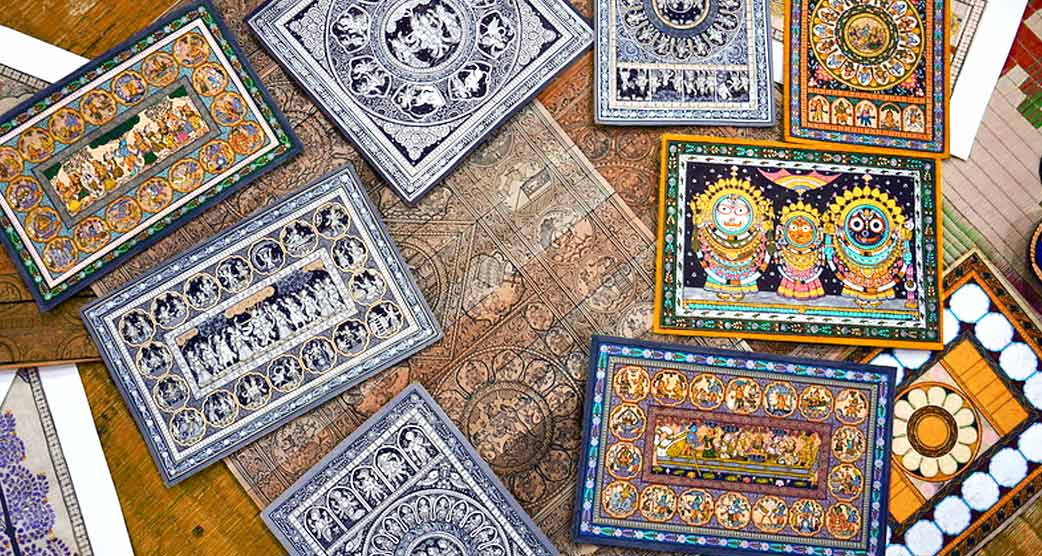
Pattachitra Art History
Pattachitra’s wonderful art was born in the Indian town of Orissa. Pattachitra art is practiced in many tiny communities throughout Orissa. Puri, Paralakhemundi, Sonepur, Chikiti, and the little artisan village of Raghurajpur are among the well-known locations. Everyone there is performing the ancient technique of painting on palm leaves or cotton cloth. From colors to canvas, everything is made in the village by the artists.
Pattachitra is a Sanskrit term in which “patta” means “cloth” and “Chitra” means “picture”. These paintings come from the fifth century. The earliest examples of these paintings can be discovered in the district of Puri, Orissa, mainly in the village of Raghurajpur. A small village where nearly every family produces Pattachitra art.
Lord Jagannath is one of the religious subjects shown in Pattachitra paintings. Lord Jagannath’s life, Lord Krishna and religious stories related to him, Lord Vishnu, his avatars, Lord Ganesha, and many religious beliefs are shown in paintings by the artists.
Pattachitra is a Sanskrit term in which “patta” means “cloth” and “Chitra” means “picture”. These paintings come from the fifth century. The earliest examples of these paintings can be discovered in the district of Puri, Orissa, mainly in the village of Raghurajpur. A small village where nearly every family produces Pattachitra art.
Lord Jagannath is one of the religious subjects shown in Pattachitra paintings. Lord Jagannath’s life, Lord Krishna and religious stories related to him, Lord Vishnu, his avatars, Lord Ganesha, and many religious beliefs are shown in paintings by the artists.
Pattachitra Art-Making Process
Pattachitra art is created on both cotton cloths and palm leaves. Everything that the artists utilize to create these marvels is natural and handmade. These paintings are entirely handmade, from the canvas to the brush used to color them. And the beauty of Pattachitra is enhanced by the use of handcrafted materials. Let’s go over the procedure in detail one by one.
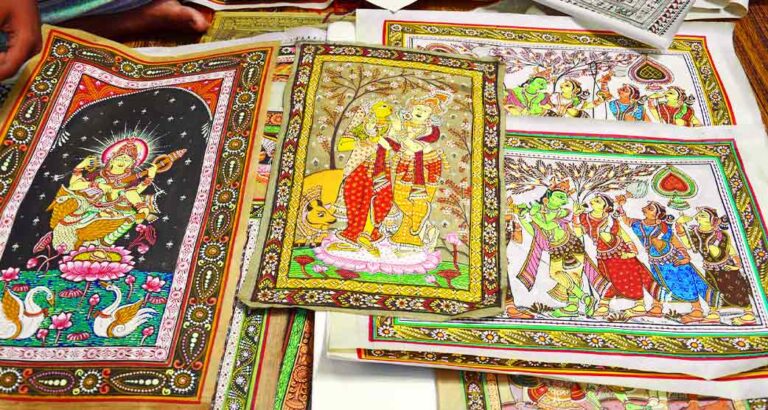
Making Process On Cotton Cloth Canvas
Cotton Cloth Canvas preparation
The first step is to create the canvas. The majority of the painters created fabric canvas out of discarded sarees. They cut the material from old cotton sarees to the desired size for the painting. Glue is then used to adhere the cotton cloth together. Tamarind seeds are boiled to make the adhesive.
The chalk powder and glue are combined to create a coating on the glued cotton cloth. A mixture of chalk powder and tamarind seed glue is applied to cotton cloth. “niryas kalpa” is the name given to this concoction. After the cloth has been appropriately treated, it is polished with a stone to make it smooth. The smoother side of the canvas will be the back, and the rougher side will be the front.
The chalk powder and glue are combined to create a coating on the glued cotton cloth. A mixture of chalk powder and tamarind seed glue is applied to cotton cloth. “niryas kalpa” is the name given to this concoction. After the cloth has been appropriately treated, it is polished with a stone to make it smooth. The smoother side of the canvas will be the back, and the rougher side will be the front.
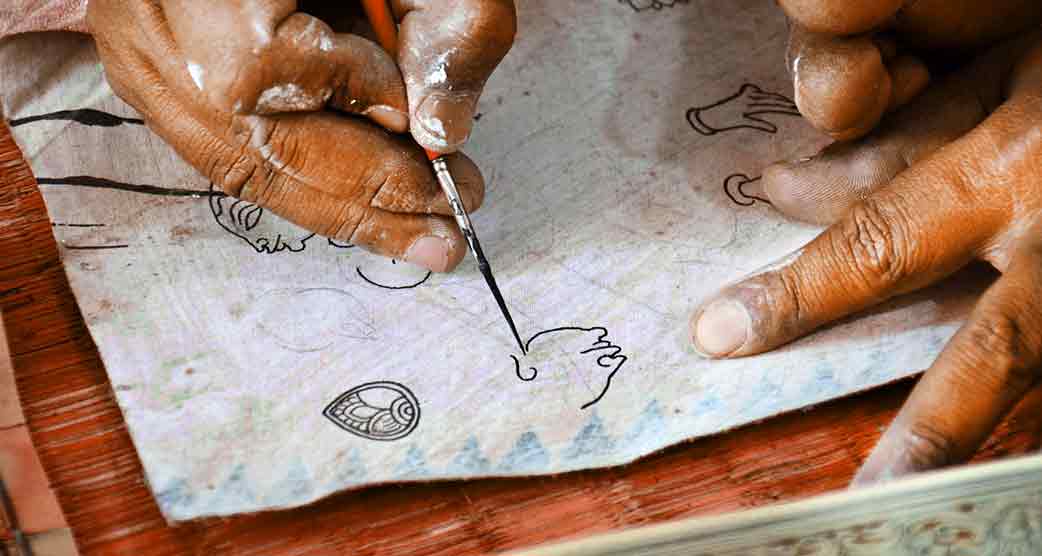
Sketching The Design
Using charcoal or pencil, the artist sketches the design on the canvas. Typically, the designs are based on Hindu mythology and depict scenes from the Ramayana and Mahabharata. It usually represents Lord Jagannath, Balabhadra and Subhadra, Lord Ganesha, Lord Vishnu, Lord Krishna, and many other beautiful Hindu religious beliefs.
Outlining The Design
The design’s contours are created with a delicate brush and black ink derived from burnt coconut shell soot. Animal hair is used to make the brush. The artists painstakingly create the lines on the canvas so that every emotion and expression is visible.
Filling Hues
The artist then fills in the design with natural colors made from flowers, leaves, and minerals. The pigments are created on a stone surface by grinding them with water. The pigments are then applied with squirrel hair brushes. Everything utilized to create pattachitra art is handcrafted.
Adding Details
After the colors have been filled in, the artist uses a delicate brush to add detailed details to the pattern. Patterns, textures, and themes are examples of these details. These elements give the paintings a rich and colorful contrast.
Finishing Touch
After the painting is finished, the artist adds finishing touches by outlining the design with black paint again and adding gold highlights with gold leaf or gold powder. The artwork is then left to dry in the sun for a few days.
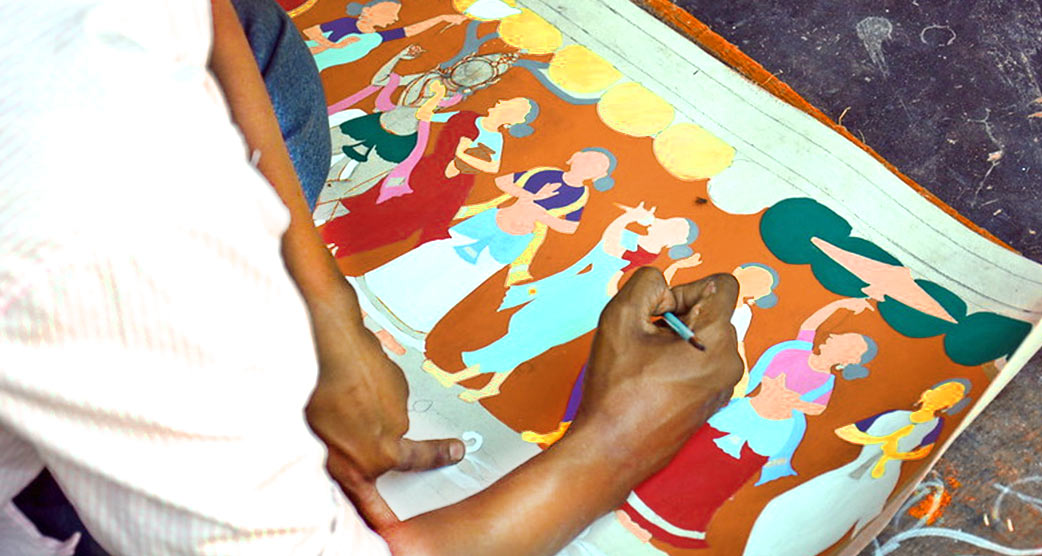
Making Process On Palm Leaf Canvas
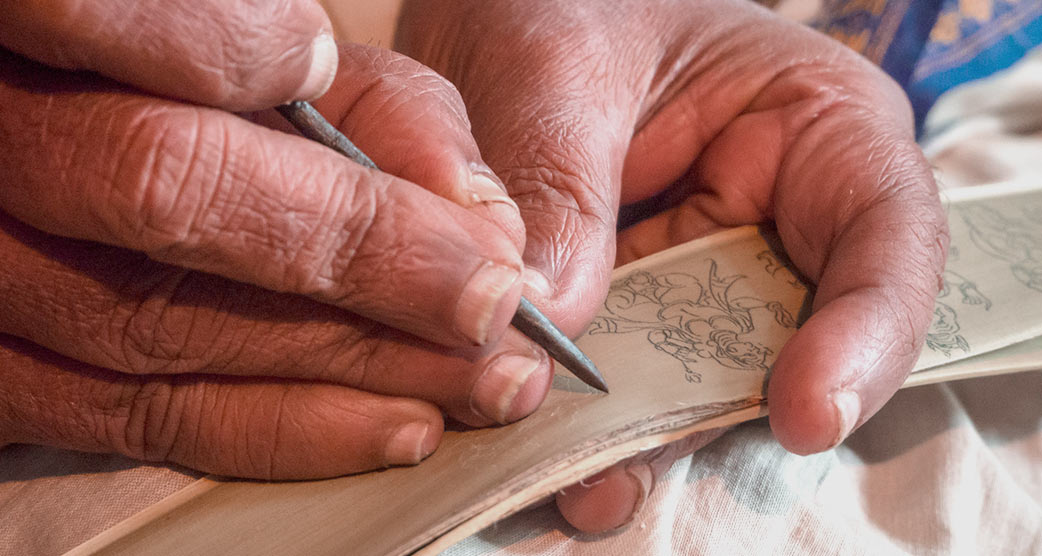
Palm Leaf Canvas preparation
Palm leaf canvas for Pattachitra should be picked early in the morning and dried in the sun for a few days. After drying, wipe the leaves with a gentle brush and cut them to size. The surface of the leaves can be smoothed by sanding them using fine-grit sandpaper. The palm leaf canvas should then be given a base layer of white paint with a little brush and allowed to dry completely. After preparing the palm leaf canvas, you can begin the Pattachitra painting with traditional techniques and materials. The palm leaf canvas will be correctly prepared for the Pattachitra painting if these steps are followed.
Carving The Designs On The Canvas
Using a sharp knife or nail, the artist carves the desired design on palm leaves. It must be done with extreme caution since if one pattern or even one line is broken, the artist must recreate the entire design on another leaf.
Filling Color In The Carved Design
The artist colors the leaf when the carving procedure is completed. They do this by using natural colors, primarily black. The artist then adds the pigment to the leaf and rubs it until the color is absorbed in the carved areas. Once the color soaks into the carved line, it will be permanent.
Preservation
Once the painting is dry, it is varnished with a natural resin and oil varnish to protect it from damage and preserve it for years to come. The varnish also adds a shiny touch to the painting and highlights the colors.
